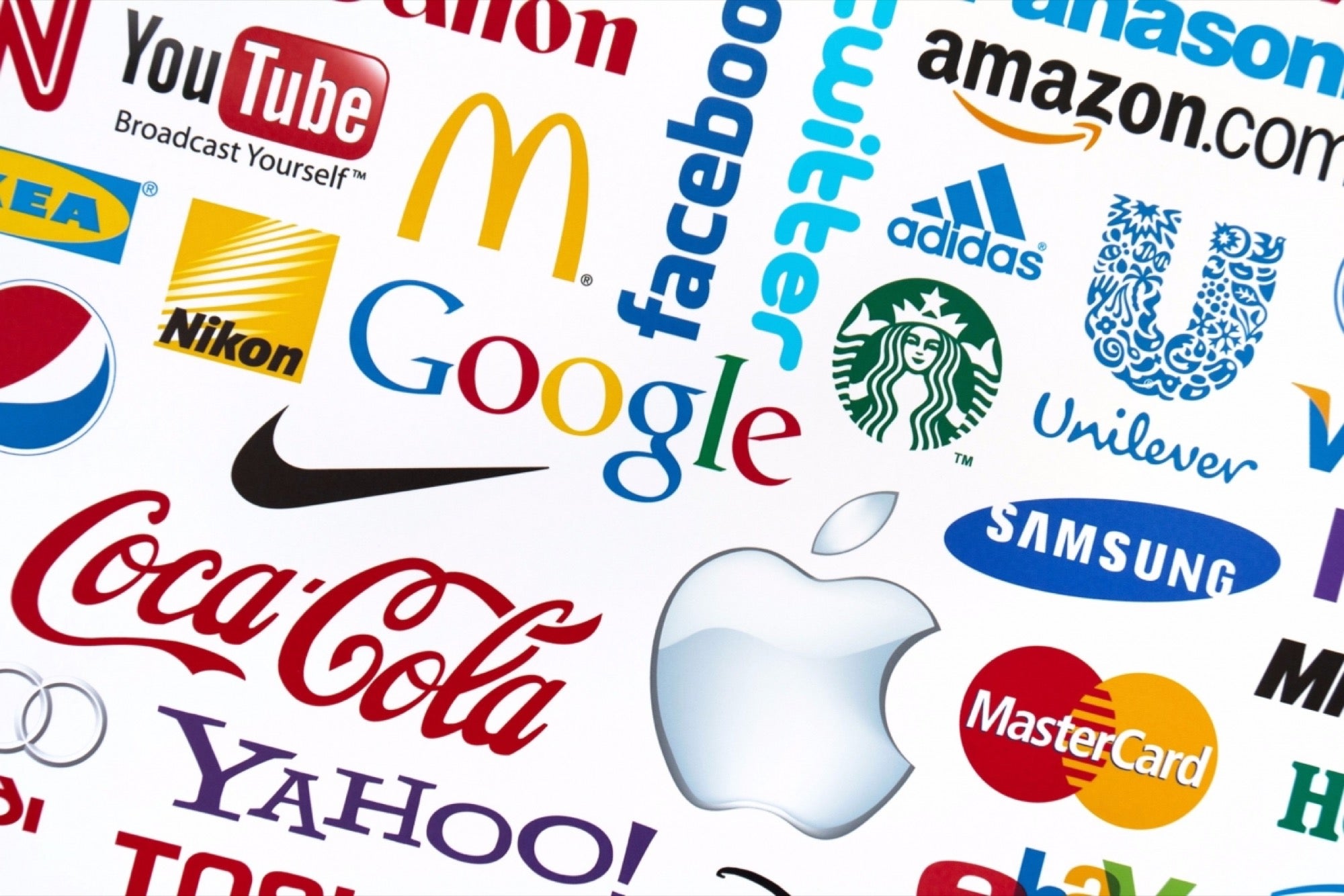Do Brands Really Know Their Customers? Key Approaches to Successful Brand-Building The fundamental and permanent interaction of a business with a customer is through a purchase and businesses need to begin their client retention process with the first purchase
Opinions expressed by Entrepreneur contributors are their own.
You're reading Entrepreneur India, an international franchise of Entrepreneur Media.

In this day and age of off-the-wall competition, words such as customer satisfaction, client retention, and brand loyalty are worth their weight in gold. Every brand is ready to bend over backwards and comply with every wish of the customers, for fear of losing them to a competitor. Long-term customer engagement and client retention, however, is not achieved through a position of fear or desperation but through a focused approach that is ingrained in the operations of a business. Enlisted below are 4 approaches that businesses need to understand to build an effective blueprint for enhanced customer retention and brand building
Business Customer
Although an unlikely source, Mahatma Gandhi summarizes the relationship between businesses and customers aptly. He described businesses to be completely dependent on a customer, while the latter was its sole purpose. In fact, according to him, the customer did the business a favor by giving it an opportunity to serve.
While expecting such servility is a bit far-fetched today, businesses need to realize the primary importance of the customer to its sustenance. The fundamental and permanent interaction of a business with a customer is through a purchase action and businesses need to begin their client retention process with the first purchase.
The path to any kind of purchase is long, and businesses need to focus on making this path feel shorter and convenient for the user. This approach usually involves two ways-a) The promise of a great product at the end and/or b) providing exemplary customer service along the way to make the journey more convenient. An organization that is able to perfect either of these approaches is able to generate sufficient client retention, although, with enhanced product homogenization, the second factor becomes all the more significant.
Be "Constant' ly Changing
Amul is a prime example of a brand that has constantly revitalized its everyday messaging while retaining the core of its identity. Over the years, the brand has endeared itself to millions of customers, and even after facing many controversies with major political outfits and individuals, it still manages to create an impact among the readers, with a tongue-in-cheek commentary of the society seen from the wide-eyed innocence of the little one. Brands today are failing at creating a fundamental image in the minds of its customers by trying to concur with the ever-changing tastes and preferences of the buyers. Entrepreneurs should prioritize creating a concept bedrock for what the brand stands for, and then adopt innovative practices that bolster and diversify the brand's reach rather than do an about –turn, confusing clients in the process, and losing out on the loyalty factor.
Many Needs to be Met
Every customer need has a specific hierarchy to it, and brands which are able to provide services that fulfill every step of it are able to retain clients easily. The process begins with identifying a set of needs, creating a product that satisfies such needs or bundling it up with other products. Creating smart, connected products has transformed competition today and in every industry, from smartphones to social media platforms, we see a race to create businesses or build products that provide every feature and service under one roof. Brands and businesses that win this race or stay ahead of the curve, can hope to create a much larger, and loyal customer base in the future.
Investment of Time, and Experience
Lastly, every business needs to go through a prolonged duration of trial and error while trying to understand what impresses its target audience. Businesses need to give time to the sales and marketing teams, as well as the customers, to analyze the brand cohesively, look at its pros and cons, and then decide to become a follower. Post acquiring a customer base, however, brands need to provide a consistent standard of service that converts followers into loyalists and then into unofficial publicists as well. With so much of paid media and unverified information making the rounds, the power of word-of-mouth brand patronage has assumed epic proportions, which businesses will be well served to tap in.










